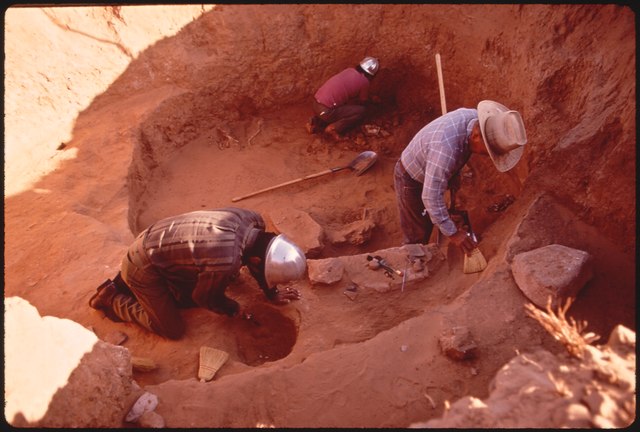
Generative AI In Archaeology
Reconstructing Lost Worlds Through AI-Powered Simulations
The field of archaeology holds a fascination for uncovering the mysteries of ancient civilisations and lost worlds. Traditionally, archaeologists rely on painstaking excavation, analysis of artefacts, and interpretation of historical records to piece together the past. However, a new tool has emerged that is revolutionising the field: generative artificial intelligence (AI). By harnessing the power of AI-powered simulations, archaeologists can now reconstruct and visualise these lost worlds in ways previously unimaginable.
What Is Generative AI And How Is It Used?
Generative AI refers to the use of machine learning algorithms to create new content based on patterns and data it has been trained on. In the context of archaeology, generative AI can analyse existing archaeological data, such as artefacts, ruins, and landscapes, and generate realistic simulations of what these ancient sites might have looked like in their prime.
One application of generative AI in archaeology is the reconstruction of ancient cities and buildings. By feeding the AI with data from excavated remains, historical texts, and artistic depictions, it can generate 3-D models and visualisations of the structures as they would have appeared centuries or even millennia ago. This technology allows archaeologists and historians to digitally step back in time, exploring the architecture, urban planning, and daily life of ancient civilisations.
Unravelling Sites And Landscapes
Generative AI simulations also aid in understanding ancient landscapes and environments. By analysing geological data, climate records, and flora and fauna distribution, AI algorithms can recreate past ecosystems and landscapes. This enables researchers to study how ancient peoples interacted with and adapted to their surroundings, shedding light on topics like agricultural practices, resource management, and the impact of climate change on past civilisations.
Moreover, generative AI can help fill in the gaps left by incomplete or damaged artefacts. For instance, if an archaeologist discovers a fragment of a pottery vessel, AI algorithms can analyse similar pottery styles and designs from the same time period to generate a digital reconstruction of the complete vessel. This not only provides a more comprehensive understanding of the artefact but also offers insights into artistic techniques, trade networks, and cultural exchange.
Illuminating The World Of Archaeology
AI-powered simulations also have the potential to enhance public engagement with archaeology. By creating immersive virtual reality experiences or interactive applications, people can virtually explore reconstructed ancient sites, walk through ancient streets, and interact with virtual inhabitants. This technology brings ancient civilisations to life, making history more accessible and engaging to a wider audience.
A Tool, Not A Replacement
However, it is important to note that generative AI in archaeology is not a replacement for traditional archaeological methods. It is a complementary tool that enhances our understanding and visualisation of the past. Human expertise, fieldwork, and careful analysis of archaeological evidence remain crucial in interpreting and contextualisation the insights generated by AI simulations.
Generative AI in archaeology opens up new possibilities for exploring and understanding lost worlds. By harnessing the power of AI algorithms, archaeologists can reconstruct ancient cities, landscapes, and artefacts with a level of detail and accuracy previously unattainable. This technology not only aids in research and interpretation but also enhances public engagement and appreciation of our shared human history. As the field of generative AI continues to advance, we can expect even more remarkable discoveries and insights into the depths of the past.